What Makes Digital Vending Machines the Future of Automated Retail?
Digital vending machines represent the next evolution in automated retail, combining touchscreen interfaces, cashless payment systems, and smart technology to deliver enhanced customer experiences while maximizing business profits. These innovative machines are transforming how consumers interact with vending technology, offering convenience, security, and efficiency that traditional machines simply cannot match. Moreover, digital vending machines provide businesses with real-time data analytics, remote monitoring capabilities, and increased sales potential through their advanced features. Furthermore, they eliminate many operational challenges associated with cash handling while simultaneously improving customer satisfaction through modern payment options. As a result, businesses worldwide are rapidly adopting this technology to stay competitive in today’s digital marketplace?
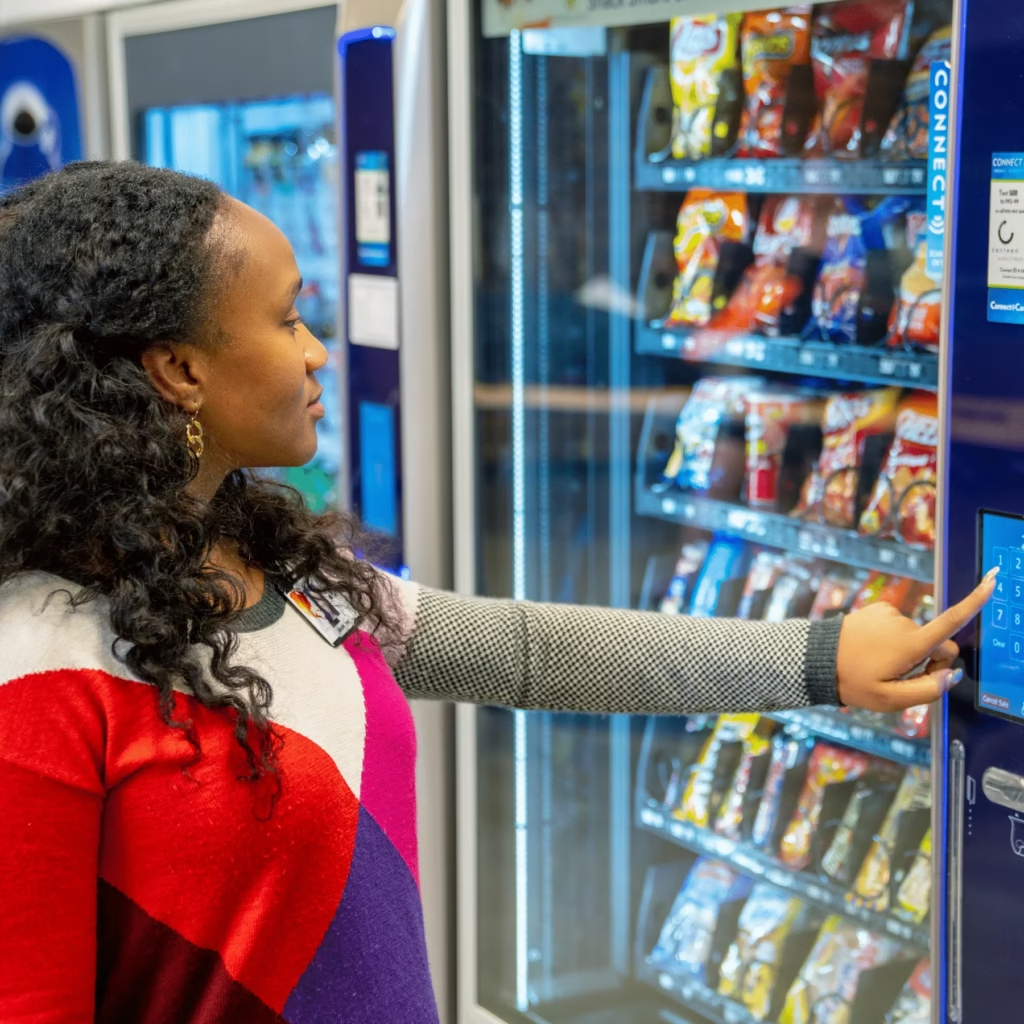
Quick Reference: Digital Vending Machine Benefits
| Feature | Traditional Vending | Digital Vending Machine |
|---|---|---|
| Payment Options | Cash, Coins | Cards, Mobile Pay, NFC, QR Codes |
| User Interface | Simple Buttons | Interactive Touchscreen |
| Data Collection | Limited | Real-time Analytics |
| Remote Monitoring | None | Complete Cloud Control |
| Customer Experience | Basic | Personalized & Interactive |
| Maintenance Alerts | Manual Checks | Automatic Notifications |
| Revenue Potential | Standard | Up to 35% Higher Sales |
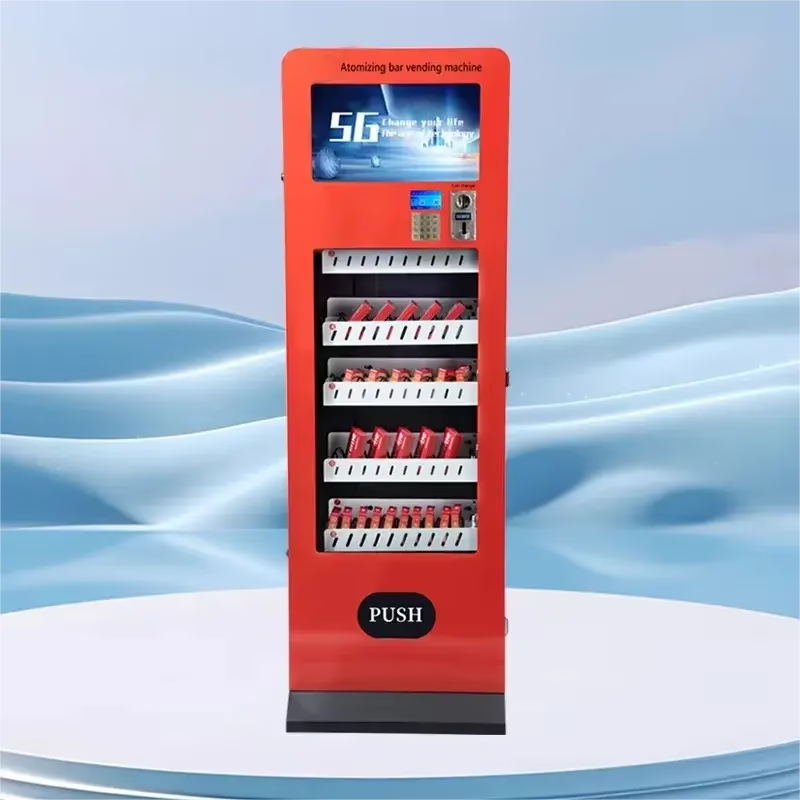
Table of Contents
How Do Digital Vending Machines Increase Your Revenue?
Digital vending machines boost revenue by accepting multiple payment methods, reducing transaction friction, and providing valuable customer data insights that help optimize product selection and pricing strategies. Key benefits of upgrading vending machines to cashless payments include increased sales, enhanced customer experience, and data-driven insights. Additionally, these smart machines eliminate the costs associated with cash collection and counting, while their advanced analytics help identify peak usage times and popular products.
Multiple Payment Options Drive More Sales
Digital vending machines accept various payment methods including credit cards, debit cards, mobile wallets, contactless payments, and QR code scanning. Consequently, customers no longer need exact change, which significantly increases purchase likelihood. The benefits of going cashless reach beyond simply encouraging higher spending. Cashless systems significantly streamline the customer experience. Furthermore, cashless transactions typically result in higher average purchase values since customers are not limited by available cash.
Real-Time Data Analytics Optimize Performance
Advanced digital vending machines provide comprehensive analytics including sales patterns, inventory levels, customer preferences, and machine performance metrics. Therefore, operators can make data-driven decisions about product placement, pricing strategies, and restocking schedules. This intelligent approach leads to reduced waste, improved customer satisfaction, and ultimately higher profits.
What Advanced Features Do Modern Digital Vending Machines Offer?
Modern digital vending machines include interactive touchscreens, artificial intelligence, IoT connectivity, customizable interfaces, and predictive maintenance capabilities that create superior user experiences while streamlining business operations. These features work together seamlessly to provide both customers and operators with unprecedented convenience and control.
Interactive Touchscreen Technology
Digital vending machines feature high-resolution touchscreens that display product information, nutritional facts, promotional content, and interactive advertisements. As a result, customers enjoy engaging shopping experiences similar to online retail. Additionally, these screens can showcase video content, ingredient lists, and personalized recommendations based on previous purchases.
Smart Inventory Management
Advanced sensors and weight monitoring systems track inventory levels in real-time, automatically generating restocking alerts when products run low. Moreover, machine learning algorithms analyze sales patterns to predict optimal inventory levels for each location. This intelligent system prevents stockouts while minimizing overstocking costs.
Remote Monitoring and Control
Cloud-based management platforms allow operators to monitor machine performance, update pricing, modify product selections, and troubleshoot issues remotely. Consequently, this reduces operational costs and improves response times for maintenance needs. Vending machines that accept cashless payments are a game-changer in streamlining operations and saving precious time and resources.
How Much Can You Save with Digital Vending Machine Operations?
Digital vending machines reduce operational costs by 25-40% through automated cash handling elimination, predictive maintenance alerts, optimized route planning, and reduced manual intervention requirements. For vending machine operators, going cashless to keep with electronic payment trends reduces operational burdens. Handling and managing cash can be time-consuming and susceptible to human error.
Eliminated Cash Collection Costs
Traditional vending machines require regular cash collection, counting, banking deposits, and security measures. However, digital vending machines process payments electronically, eliminating these labor-intensive tasks. Furthermore, operators save money on armored car services, bank fees, and theft insurance typically associated with cash operations.
Predictive Maintenance Reduces Downtime
Smart diagnostic systems monitor machine health continuously, identifying potential issues before they cause breakdowns. Therefore, operators can schedule maintenance proactively rather than reactively, reducing emergency service calls and maximizing machine uptime. This approach also extends equipment lifespan through better care.
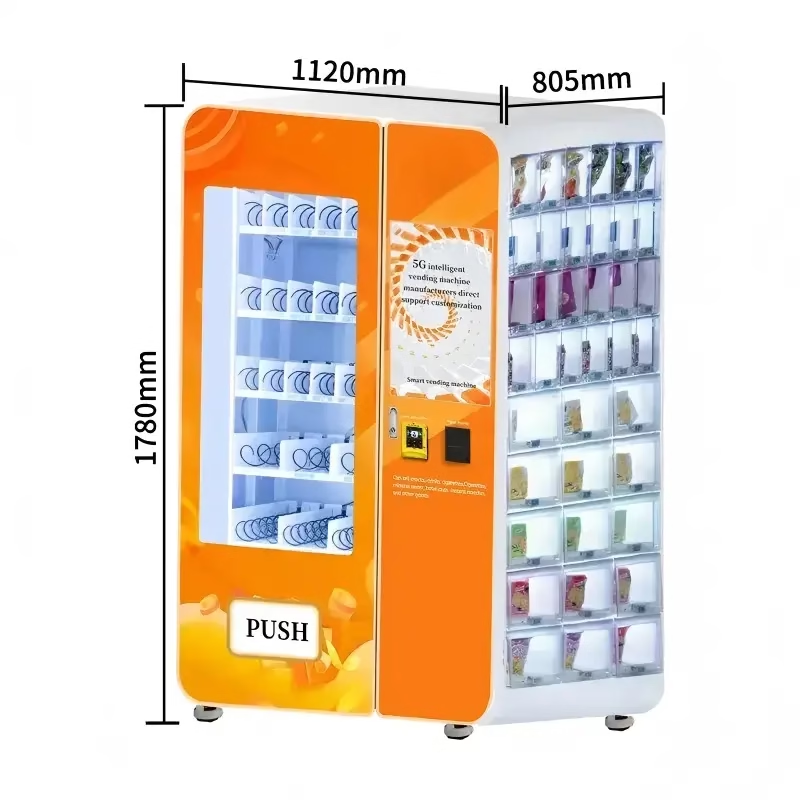
Which Industries Benefit Most from Digital Vending Machines?
Healthcare facilities, office buildings, educational institutions, and retail locations experience the greatest benefits from digital vending machines due to high traffic volumes and demand for convenient, hygienic purchasing options. Healthcare sites, however, are projecting the quickest 9.89% CAGR as hospitals digitize PPE compliance.
Healthcare and Medical Facilities
Hospitals, clinics, and medical centers increasingly adopt digital vending machines for PPE distribution, medical supplies, and patient amenities. Additionally, these machines provide contactless purchasing options that align with infection control protocols. Moreover, they can integrate with hospital management systems for automated billing and inventory tracking.
Corporate Offices and Workplaces
Commercial offices commanded 22.5% of transaction value in 2024, benefiting from captive foot traffic and facility-management contracts. Office buildings utilize digital vending machines to provide convenient food, beverage, and office supply access for employees. Furthermore, these machines can integrate with employee ID systems for seamless purchasing experiences.
Educational Institutions
Schools and universities benefit from digital vending machines’ ability to restrict certain products during specific hours, provide nutritional information, and generate detailed usage reports. Additionally, these machines can accept student ID cards and campus currency systems.
What Should You Consider When Choosing a Digital Vending Machine?
Key selection criteria include payment processing capabilities, software compatibility, maintenance support, customization options, and total cost of ownership rather than just initial purchase price. Successful implementation requires careful evaluation of your specific business needs and location requirements.
Payment Processing Capabilities
Ensure your chosen digital vending machine supports all major payment methods including EMV chip cards, NFC payments, mobile wallets, and emerging payment technologies. Additionally, consider transaction processing fees, settlement times, and payment security features when evaluating different systems.
Software and Integration Features
Look for machines with robust software platforms that offer inventory management, sales reporting, remote configuration, and third-party integrations. Furthermore, consider whether the system can integrate with your existing business management tools and accounting software.
Maintenance and Support Services
Evaluate the manufacturer’s service network, response times, parts availability, and technical support quality. Additionally, consider whether remote diagnostic capabilities can reduce service call frequencies and costs.
How Is the Digital Vending Machine Market Growing?
The global vending machine market is experiencing significant growth, with revenues expected to increase from $21.6 billion in current projections to over $30 billion within the next decade, driven primarily by digital transformation and cashless payment adoption. This upward trend is projected to continue, with revenues expected to reach USD 21.6 billion in 2024 and USD 23.2 billion in 2025.
Market Size and Growth Projections
The global vending machines market size is forecasted to reach USD 33.6 billion by 2033 from USD 21.5 billion in 2024, growing at a steady CAGR of 4.4%. This growth reflects increasing consumer preference for convenient, contactless shopping experiences and businesses’ recognition of digital vending machines’ operational advantages.
Regional Market Trends
North America will dominate a 44.7% market share in 2023 and hold USD 8.98 Billion in revenue. However, Asia-Pacific and European markets are also experiencing rapid growth as digital payment adoption accelerates globally.
What Are the Most Popular Digital Vending Machine Categories?
Beverage vending machines dominate the digital market with over 40% market share, followed by snack machines and specialized equipment for healthcare, electronics, and fresh food distribution. The beverage segment led the market with the largest revenue share of 44.78% in 2024, owing to the rising consumer preference for convenient, on-the-go refreshment options and advancements in vending technology. The beverages vending machine segment had the highest market share of 42% in 2024.
Beverage Vending Dominance
Beverage machines lead digital adoption because they benefit significantly from temperature monitoring, inventory tracking, and cashless payments. Moreover, these machines can offer personalized recommendations and loyalty programs through their digital interfaces.
Emerging Specialized Categories
New digital vending categories include electronics accessories, personal care items, fresh food, and even prescription medications in controlled environments. These specialized machines require advanced features like age verification, prescription validation, and temperature control.
Conclusion: Embrace the Digital Vending Revolution
Digital vending machines represent more than just technological upgrades – they’re business transformation tools that increase revenue, reduce costs, and improve customer satisfaction. As cashless payments become standard and consumers expect digital experiences, traditional vending machines will become obsolete.
Smart businesses are already making the transition to digital vending technology. Whether you’re expanding existing operations or starting fresh, digital vending machines offer proven returns on investment through increased sales, reduced operational costs, and valuable customer insights.
The future of automated retail is here, and it’s digital. OboVending by OBO Electronic Tech provides cutting-edge digital vending solutions designed to maximize your success in this rapidly growing market.
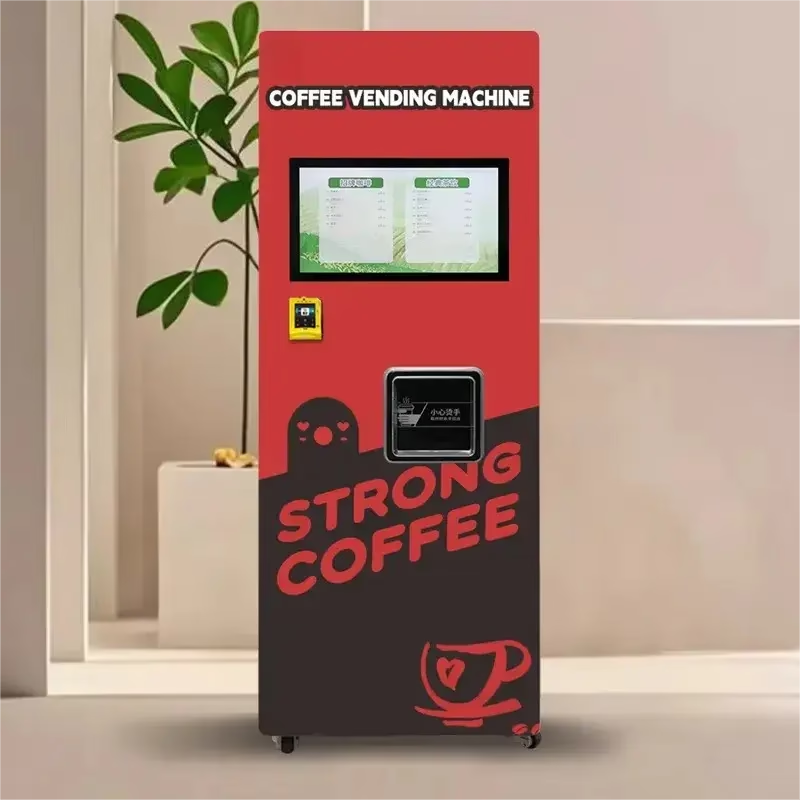
Frequently Asked Questions About Digital Vending Machines
What is the average cost of a digital vending machine?
Digital vending machines typically cost between $3,000-$10,000 depending on size, features, and customization requirements. However, the return on investment usually occurs within 12-24 months through increased sales and reduced operational costs.
How secure are digital vending machine payments?
Digital vending machines use the same encryption and security standards as traditional retail point-of-sale systems, including EMV chip technology and PCI compliance. Moreover, cashless transactions actually reduce theft risks compared to cash-based machines.
Can digital vending machines work without internet connectivity?
Most digital vending machines can operate offline for basic transactions, storing data locally until connectivity resumes. However, internet connection is required for real-time monitoring, remote management, and some advanced features.
How often do digital vending machines need maintenance?
Digital vending machines typically require less maintenance than traditional machines due to predictive diagnostics and fewer mechanical components. Regular maintenance schedules usually occur every 3-6 months, with emergency repairs being less frequent.
What payment methods do digital vending machines accept?
Modern digital vending machines accept credit cards, debit cards, mobile wallets (Apple Pay, Google Pay), contactless cards, QR codes, and some can integrate with employee ID systems or campus cards.
How much can I increase sales with a digital vending machine?
Studies show digital vending machines can increase sales by 15-35% compared to traditional machines, primarily due to payment convenience, improved product visibility, and enhanced customer experience.
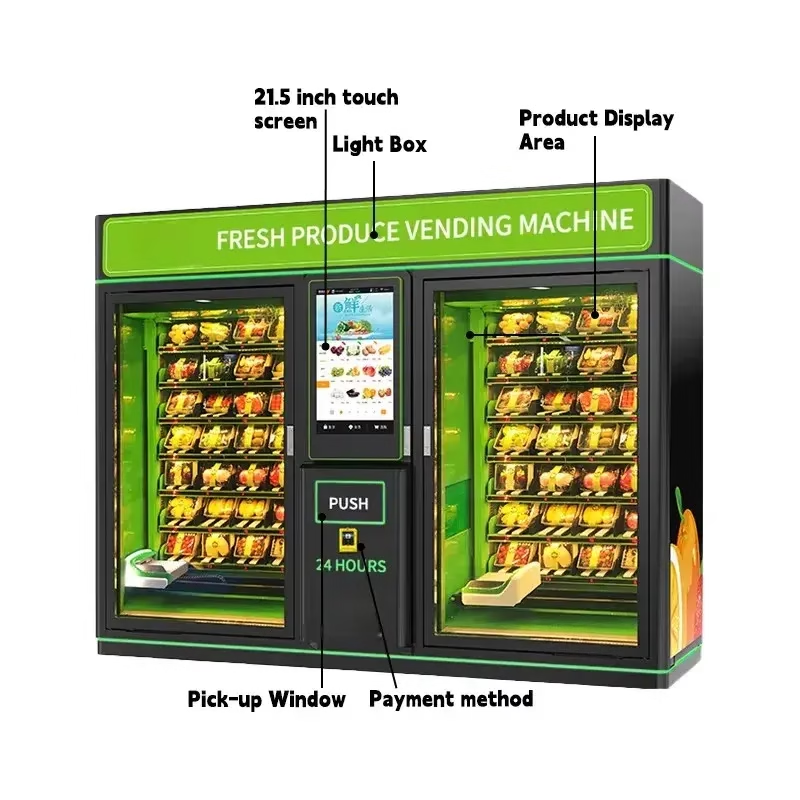
Get Our Full Vending Machine Catalog
Fill out the form to instantly access our product catalog and see all models, specs, and pricing options.

 Privacy respected. No spam. Ever.
Privacy respected. No spam. Ever.